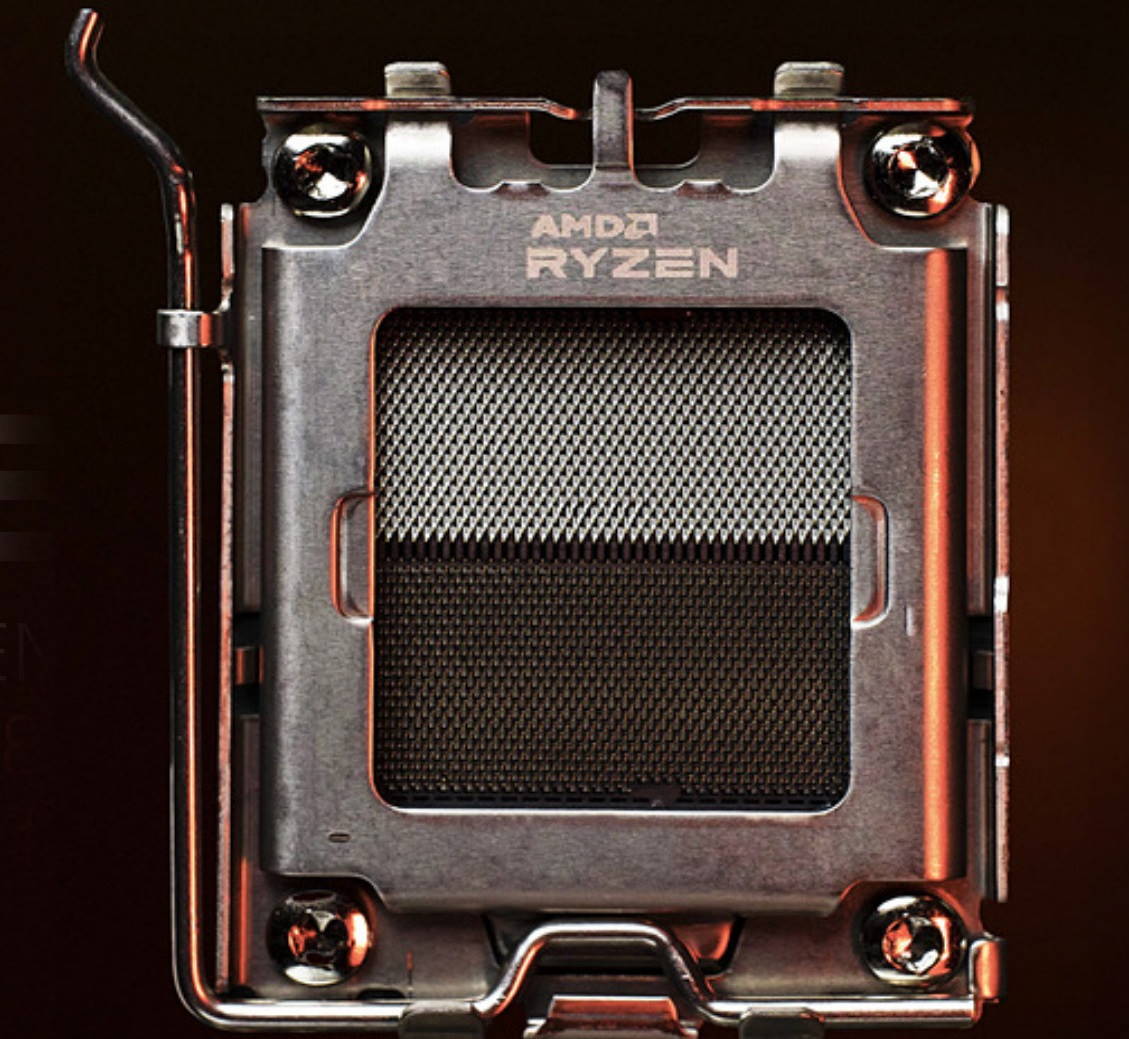AMD has done an excellent job with the Ryzen 5000 processors, so much so I decided to mount a Ryzen 5800X when I was assembling my new PC. The truth is that I am very satisfied with the experience offered not only by the mentioned processor, but also by the other components. The stability has been absolute, the performance excellent and to date I have had no hardware issues, only some conflict with Windows 10 updates, but that is another matter.
The fact is that with the introduction of Alder Lake-S processors Intel has managed to reclaim the single-threaded performance crownand launched a generation of high-performance processors so interesting and competitive that AMD not only had to reduce prices, but was also forced to launch new models based on the Zen 2 and Zen 3 architecture, with which it will better cover the mid-range and low-end.
For a better idea, it is enough to say that the Ryzen 7 5800X cost around 440 euros and that after the arrival of Alder Lake-S dropped to 300 euros. I’ve said it on other occasions and I’ll say it again, the competition is very good, so it’s important that both Intel and AMD are strong and compete head-to-head, because ultimately we the consumers benefit from better products at lower prices.

AMD revenue to drop as much as 26% due to Alder Lake-S success
Joseph Moore, a market analyst at Morgan Stanley, published an analysis suggesting that AMD’s revenue from the PC sector will decrease significantly during 2022, and points to Alder Lake-S as the main “culprit”, the generation of processors that put Intel back on track and which was well received in the sector. This revenue decline is projected on a year-over-year basis, meaning AMD’s results may still be “good.”
Let AMD get it to regain ground at the end of the year with the launch of its new Ryzen 7000 processors, based on the Zen 4 architecture, but this will all depend on many factors, and among them is the launch of what will be its direct rivals, the Intel Raptor Lake-S processors. Forecasts for 2023 look more favorable for AMD, pointing to a drop in revenue of only 2% from 2022, but let’s not forget that it would emerge from a drop of up to 26% that year.
If the latest information we’ve seen is true, AMD Ryzen 7000 processors would be launched September 15th. On the other hand, the launch of Intel Raptor Lake-S would be set for late October or early November, which would give a temporary advantage to the Sunnyvale firm arriving earlier, although nothing is still confirmed, we can’t take anything for granted.
All in all, I believe it won’t matter who arrives first, but who offers the most interesting option and in different ranges and price ranges What can we currently find? Rumor has it that AMD will return to a launch focused on the premium and high-end mid-range, and that Intel will repeat its strategy of launching the K series of its new Raptor Lake-S processors first. If that’s the case, the non-K Gen13 cores wouldn’t run out until the first quarter of 2023, and AMD wouldn’t have anything new to fill the budget mid- and low-end for a few months.
